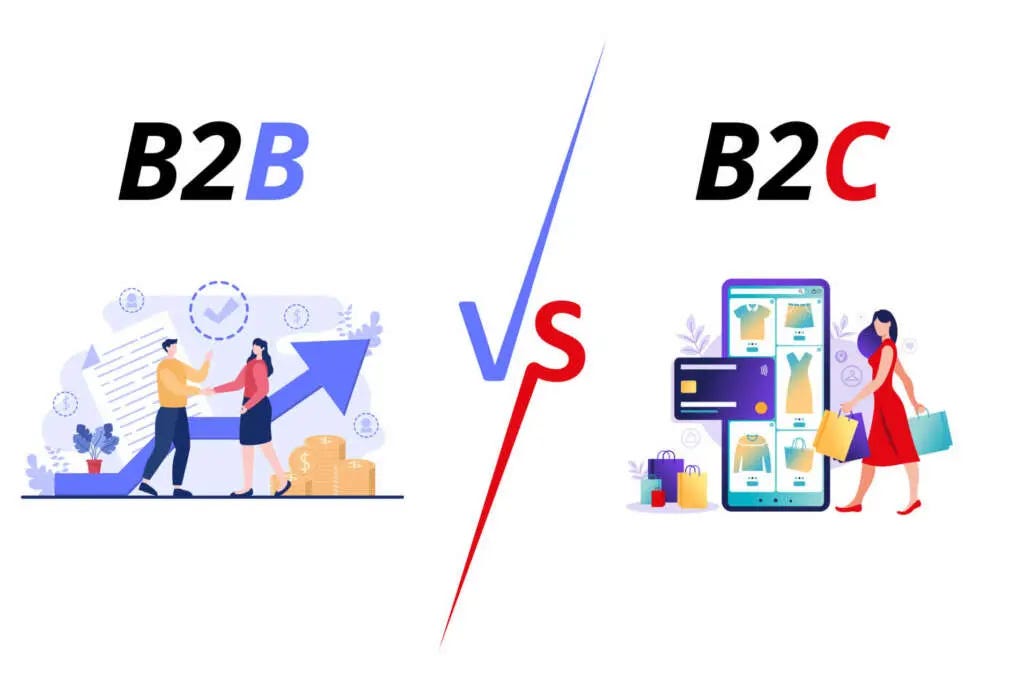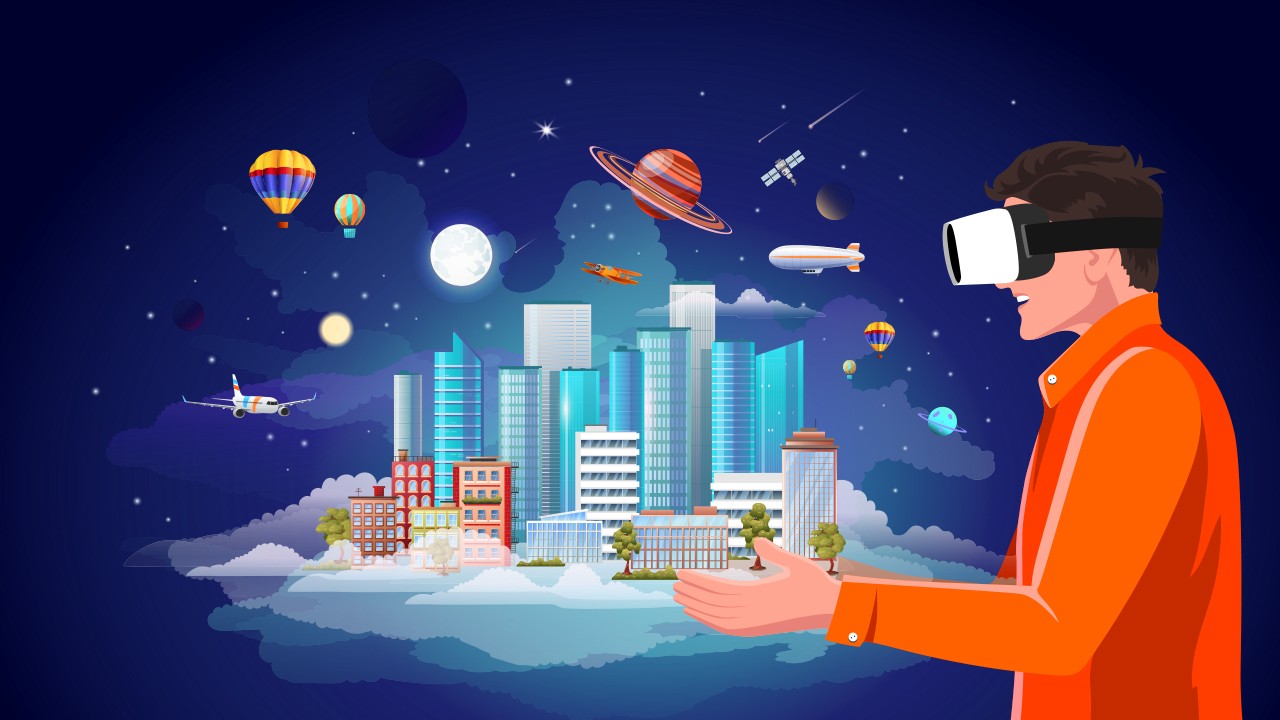In the expansive realm of product management, where innovation is the heartbeat, two distinct islands emerge—B2B and B2C. Each island boasts a unique ecosystem with its own challenges, approaches, and rewards. Let’s delve into the intricacies of these two worlds to better understand their nuanced differences.
Target Audience: A Game of Numbers vs. Emotions
In the B2B landscape, envision a complex chess game. Players are intricate organizations, and decision-makers range from CEOs to end users. Success hinges on comprehending the interconnected needs and priorities of these entities. It’s a game of numbers, where strategic decisions are vital.
Contrastingly, B2C feels more like a fast-paced video game. With millions of individual players, product managers navigate diverse preferences, focusing on emotional triggers, mass appeal, and the capture of fleeting trends. It’s a realm where emotional connection and consumer satisfaction take precedence over organizational complexities.
Development Rhythms: Symphony vs. Jazz
B2B development resembles a methodical symphony orchestra—a meticulous arrangement where each instrument joins in at its designated time. The products undergo longer development cycles, requiring extensive planning, research, and integration with existing systems. Precision and stability are paramount in this orchestrated process.
On the other hand, B2C development is akin to a jazz band jamming in real-time. Adaptability is key as products demand rapid iterations, agile development, and quick responses to user feedback. The fluid nature of this process allows for creativity and flexibility in adapting to changing consumer preferences.
Success Metrics: ROI vs. Engagement
For B2B, success is often measured through tangible, quantifiable outcomes. Metrics include increased customer lifetime value, improved operational efficiency, and cost savings. Demonstrating a direct return on investment (ROI) is essential for businesses to justify their product investments.
While ROI is still crucial in B2C, success metrics take on a more subjective nature. Engagement, user satisfaction, brand loyalty, and emotional connection play significant roles. Metrics like app downloads, active users, and positive reviews contribute to the evaluation, reflecting the emotional resonance of the product in the consumer’s life.
Real-Life Examples: Numbers in the Cloud vs. Motivation on the Run
Consider a B2B example like FreshBooks, a cloud-based accounting software. Product managers must address the needs of accountants, bookkeepers, and business owners, ensuring seamless integration with financial systems and providing features that enhance productivity and accuracy. It’s a world where the cloud meets numbers in a harmonious blend.
On the B2C side, envision a fitness app like Strava. Product managers cater to individual runners, cyclists, and athletes, prioritizing intuitive interfaces, engaging tracking features, and a strong social component to foster motivation and community. Here, the focus shifts to the motivation of individual users on the run, emphasizing personal connection and the emotional impact of the product.
Choosing Your Path: Architect or Artist?
Whether you thrive in the strategic complexities of B2B or the dynamic pulse of B2C, both product management paths offer unique challenges and rewards. Recognizing these differences empowers individuals to align their skills, interests, and career aspirations with the specific demands of each realm.
Importantly, B2B and B2C are not mutually exclusive. Companies like Amazon cater to both businesses and consumers, requiring product managers with the adaptability to navigate both landscapes. As the product landscape evolves, the lines between B2B and B2C may blur further, creating exciting opportunities for those who embrace diverse perspectives and flexible approaches.
In conclusion, as you embark on your journey in the captivating world of product management, whether you choose the structured precision of B2B or the fast-paced creativity of B2C, remember that the path is paved with innovation, challenges, and the potential to shape products that transform the way we work and live.




